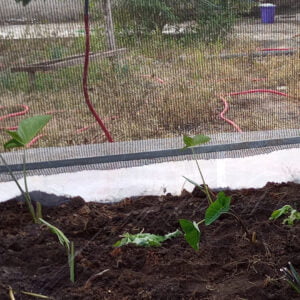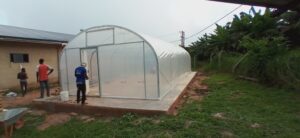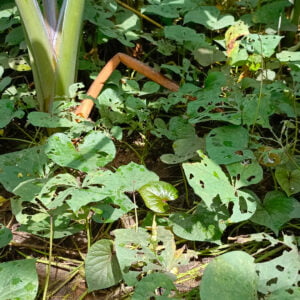Unlocking the Future of Crop Cultivation
The practice of hydroponics, sometimes known as soilless agriculture, is completely changing the way we grow crops. With this novel strategy, traditional soil is no longer necessary, and there are several benefits such as precise nutrient control and higher output. We’ll look at soilless agriculture in this tutorial and see how it’s influencing crop farming going forward.
The Rise of Soilless Agriculture
One way to grow plants without soil is through hydroponics, often known as soilless agriculture. Rather, it depends on nutrient-rich water to supply vital elements straight to the roots of the plants. There are many strong reasons why this innovative strategy is becoming more and more well-liked.
1. Increased Crop Yield
Crop yields using hydroponics can be much higher than those from conventional soil-based farming. Plants are guaranteed to receive the precise nutrients required for optimum growth in a regulated environment.
2. Water Efficiency
Link to: Optimizing Water Usage in Your Agricultural Operations
Because the nutrient solution is recycled and applied directly to the plants, hydroponics uses very little water. This method preserves water, a valuable resource.
3. Precise Nutrient Control
You are in total control of the nutritional composition in soilless agriculture. You can precisely adjust the distribution of nutrients for every type of plant and stage of growth thanks to this accuracy.
4. Disease Prevention
By lowering the chance of soil-borne illnesses, soilless farming promotes healthier plants and a decrease in the demand for pesticides.
Different Types of Hydroponic Systems
Hydroponics includes a range of systems, such as:
1. Deep Water Culture (DWC)
The roots of the plants are immersed in oxygenated water while they are floated in a nutritional solution.
2. Nutrient Film Technique (NFT)
Plant roots receive a constant flow of a thin layer of nutrient solution from NFT devices.
3. Drip System
With a drip system, nutrients are directly delivered to plant roots via a system of tubes and pipes.
4. Aeroponics
Link to: Handheld, Backpack, and Air-assisted Sprayers
In aeroponics, nutrients are applied as a thin mist while plant roots are suspended in the air.
JoBenBless Agric: Your Partner in Soilless Agriculture
JoBenBless Agric provides you with guidance if you’re prepared to adopt soilless agriculture as the crop cultivation method of the future. To assist you in mastering this cutting-edge strategy, we provide hydroponics consultancy and installation services. Contact Us
Conclusion
Crop production is changing because of hydroponics, also known as soilless agriculture. It’s an inventive and sustainable option for agriculture’s future, with the possibility for increased yields, water efficiency, and precise nutrient control. Gaining proficiency in soilless agriculture will enable you to reap the rewards of abundant crops and robust plants.
For more insights into agriculture, greenhouse farming, and related topics, explore our blog.






